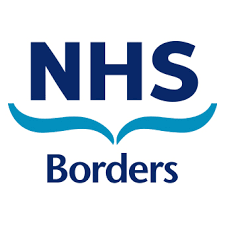Vancomycin is NHS Borders’ glycopeptide of choice. Please see NHS Borders Antimicrobial Companion app and Antimicrobials Microsite for vancomycin information and dosing calculator. Teicoplanin should only be used under advice from microbiology consultants or according to agreed local infection management guidelines.
Teicoplanin is a bacteriostatic agent which may be used against most Gram positive organisms (including Staph. aureus and Staph. epidermidis). Indications may include1:
- Bone and joint infections
- Infective endocarditis
- Complicated skin and soft tissue infections
- Community and hospital acquired pneumonias (CAP/HAP)
NOTE: There are other Teicoplanin regimens in use in NHS Borders. This guidance does NOT apply to the use of teicoplanin as a three times a week regimen2 or for Hospital at Home patients. Contact Consultant Microbiologist or Antimicrobial Pharmacist for advice on other regimens.



